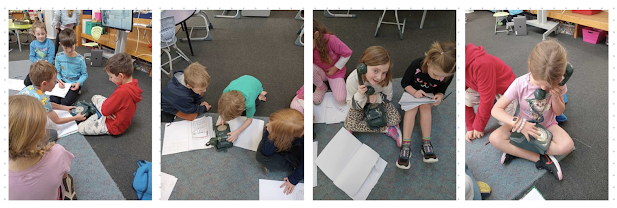Our Tautoru students have been recapping our knowledge of Matariki and Puanga. Here is some art we created. Each segment uses pictures and patterns that represent the different stars.
Puanga is a single whetū and is not part of the Matariki cluster but appears in the evening sky shortly before Matariki rises each year. Puanga rises higher in the sky so it’s recognised by iwi and hapū that can’t see Matariki from their location. The brightness and clarity of the stars was a predictor of how abundant the harvest would be in the coming year.
Different locations and landscapes mean that in some areas only Puanga can be seen. Te Whanganui a Tara and our location mean we are surrounded by hills and mountains, making it a great place to view the stars. The special site where we stand was referred to as Whetūkairangi - Stargazers.













.jpg)


















